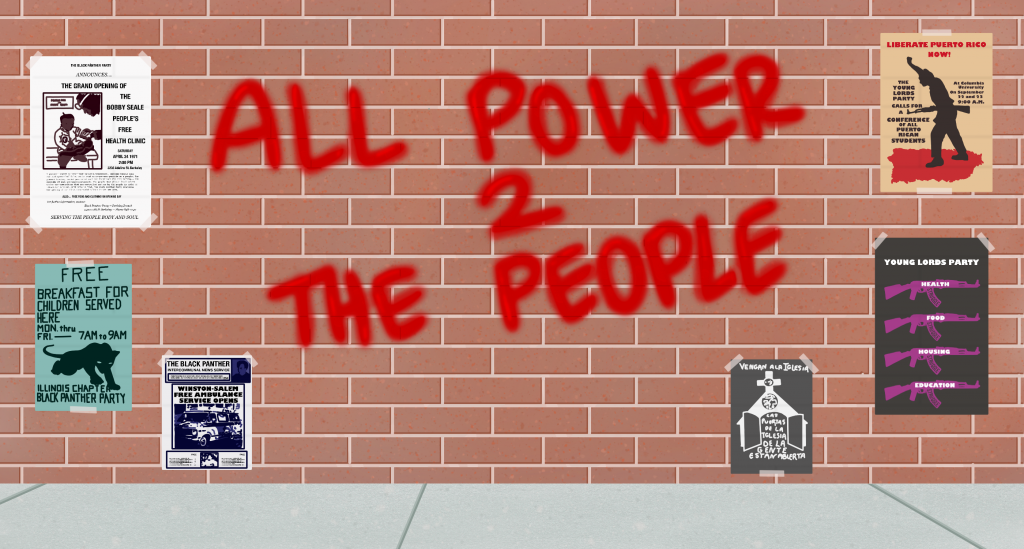Cranston police arrested 11 people and shut down six “suspected illegal massage parlors” in a coordinated raid June 17, according to a Cranston Police Department news release. The raid was spurred by multiple reports of suspicious activity in those locations by neighbors, WJAR reported.
The Cranston Police Department’s Special Victims Unit spent months investigating the case before closing each location, the release said. Detectives also found a “substantial amount” of money and potential evidence of prostitution and human trafficking.
Police charged the arrestees with practicing massage without a license, which is a misdemeanor. The 11 arrested were Asian women aged 35 to 64. One woman was also charged with pandering/permitting prostitution.
The investigation is still underway.
“Yesterday’s operation demonstrates the commitment that our police department has in shuttering businesses in our city that (are) fronts for illegal activity to include prostitution and sex trafficking,” Chief of Police Michael Winquist said in the release.
Members of the University community reflected on the incident and emphasized the importance of viewing and respecting sex workers as people, workers and community members — contextualizing the arrests within a broader trend of criminalization of sex and massage work.
Yanhoo Cho ’21.5, outreach organizer with Red Canary Song, a grassroots organization advocating for Asian and migrant sex workers, said being arrested can make it more difficult for women to work and pay rent.
“This will push these massage workers into a more dangerous workplace that is (less likely to be) of their choice,” Cho said.
All 11 were released on personal recognizance, which means they were released without bail, under the condition that they attend all court dates and do not engage in illegal activity, WJAR reported.
Assistant Professor of American Studies and Ethnic Studies Elena Shih, who directs a human trafficking research group at Brown’s Center for the Study of Slavery and Justice and is also a core organizer for Red Canary Song, said that the policing of sex workers and investigation into whether or not they are victims of trafficking overshadows the fact that many of them are low-wage workers who deserve better working conditions.
“To say they’re only deserving of (better working conditions) if they’re (being) trafficked funnels right into such a narrow box,” Shih said. “So many of the massage workers are also restaurant workers, garment factory workers, nail salon workers and none of those industries we’re interested in shutting down.”
Raids and arrests in the industry aren’t uncommon, Shih said, and if the arrestees are undocumented, it’s likely that they will be deported. If they’re not, the process of being arrested is nonetheless traumatic, she added.
“Especially within a national conversation on policing and racialized policing it’s pretty abhorrent to me that this still is allowed to continue,” Shih said.
Shih and Cho both engage in outreach to spas and massage workers to understand their labor conditions and needs, as well as to provide them with resources in a harm-reductive way.
“People don’t realize that (massage workers) are members of the community but also give back to the community in a lot of ways. That part of their humanity is not being highlighted at all,” Cho said.
The Cranston Police Department did not respond to requests for comment.




